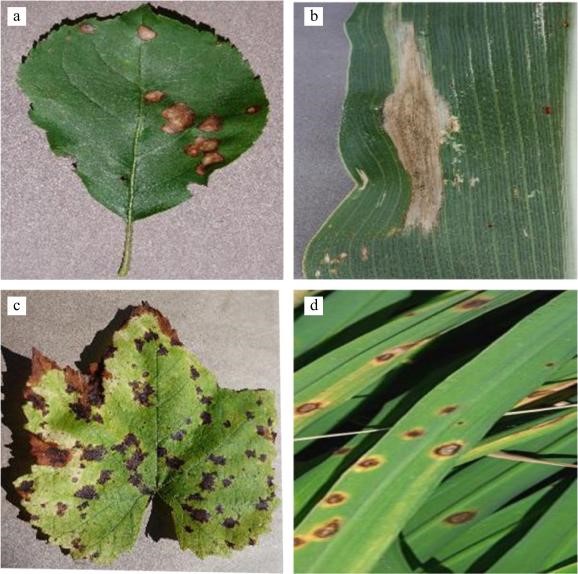A research team showcases the application of deep learning models in identifying leaf diseases in key tropical crops such as coconut, mango, and durian, offering crucial insights for the future of precision agriculture.

news, journals and articles from all over the world.

A research team showcases the application of deep learning models in identifying leaf diseases in key tropical crops such as coconut, mango, and durian, offering crucial insights for the future of precision agriculture.
Researchers at the University of Minnesota, have developed a new visual diagnostic technique that can be used to advance early detection for neurodegenerative diseases like Parkinson’s disease and similar diseases that affect animals, including Chronic Wasting Disease in deer.
In living organisms, cells have a very high capacity to process and communicate information by moving molecules or ions through tiny channels that span the cell membrane.
Researchers describe how a noninvasive microphone sensor could identify bowel diseases without collecting any identifiable information. They tested the technique on audio data from online sources, transforming each audio sample of an excretion event into a spectrogram, which essentially captures the sound in an image. The images were fed to a machine learning algorithm that learned to classify each event based on its features. The algorithm’s performance was tested against data with and without background noises.
Today, the Mount Sinai Laboratory (MSL), Center for Clinical Laboratories received emergency use authorization from the U.S. Food and Drug Administration (FDA) for an antibody test that was developed, validated, and launched at Mount Sinai by a team of internationally renowned researchers and clinicians of the Icahn School of Medicine at Mount Sinai. This test detects the presence or absence of antibodies to SARS-CoV-2, the virus that causes coronavirus disease 2019 (COVID-19) and importantly, may also be used to identify positive specimens with an antibody titer (level) up to a dilution of 1:2880 for the identification of individuals with higher antibody titers.